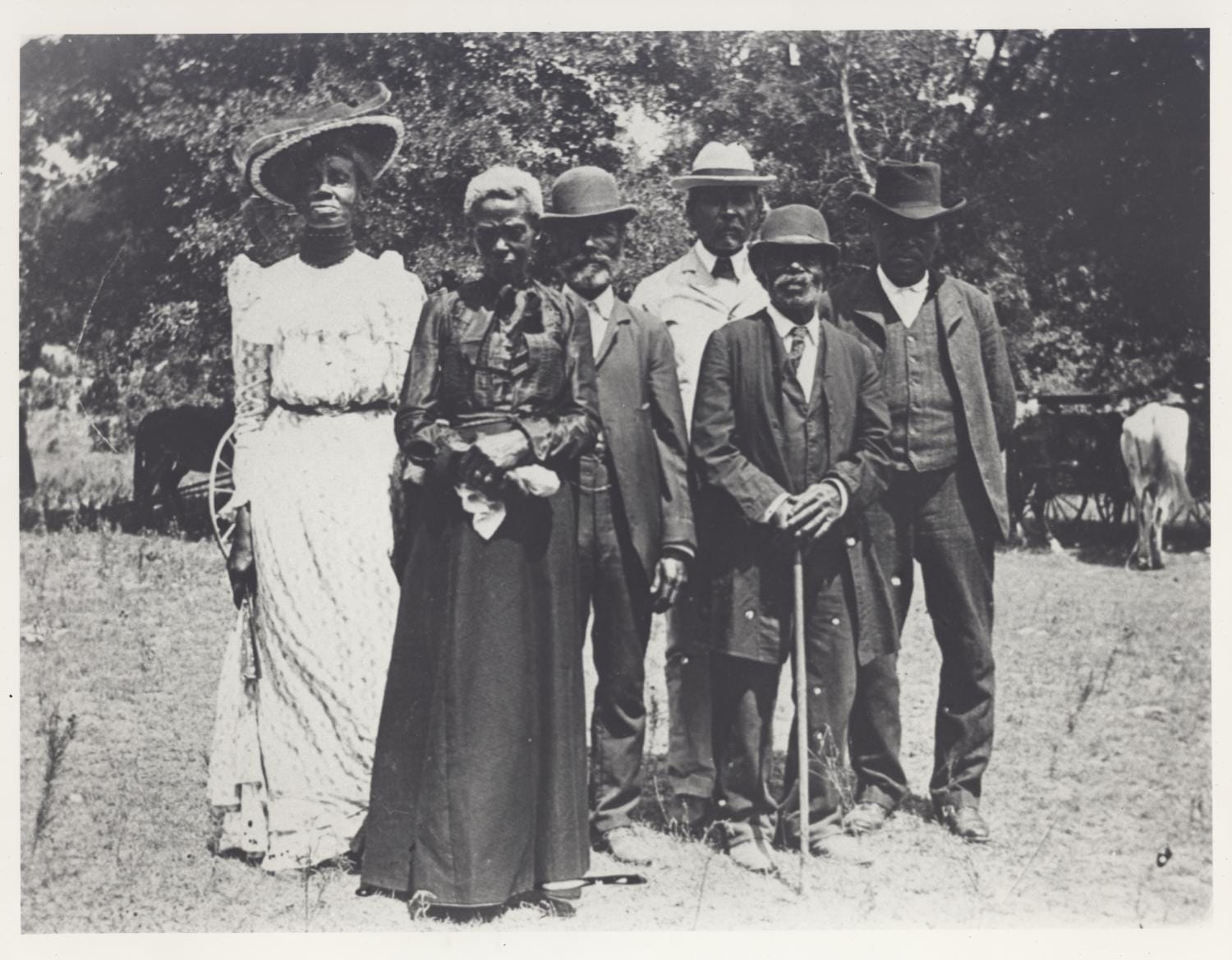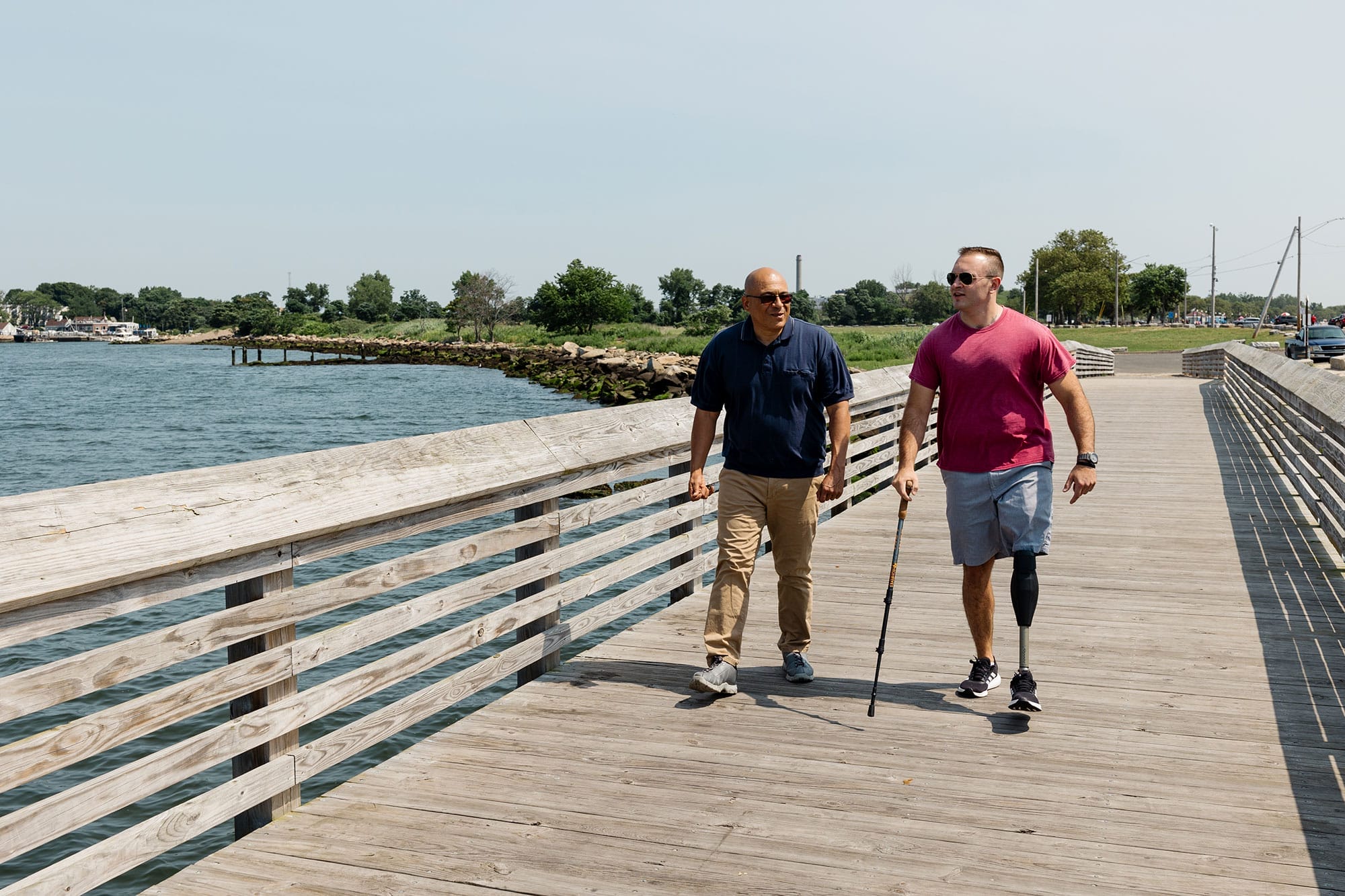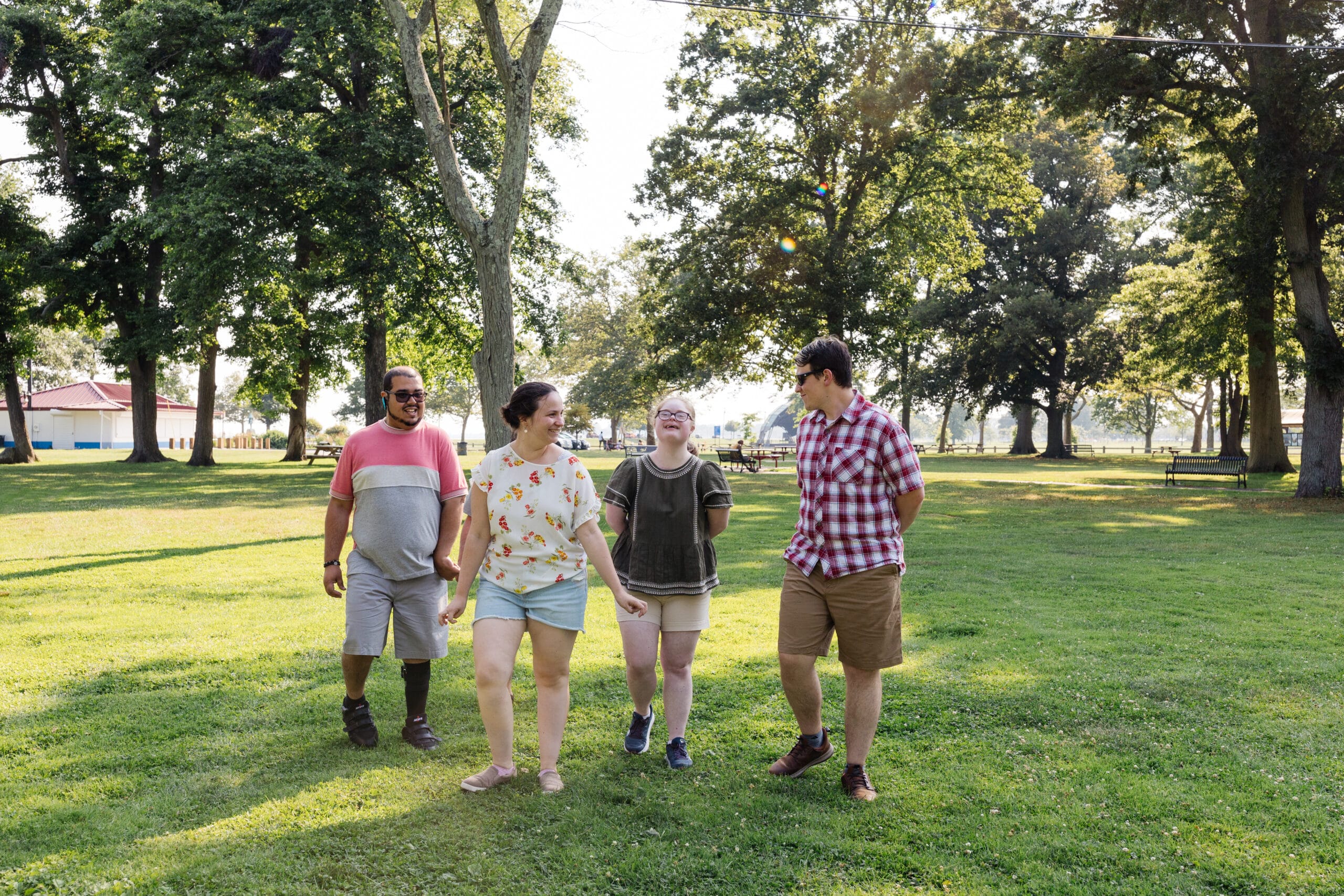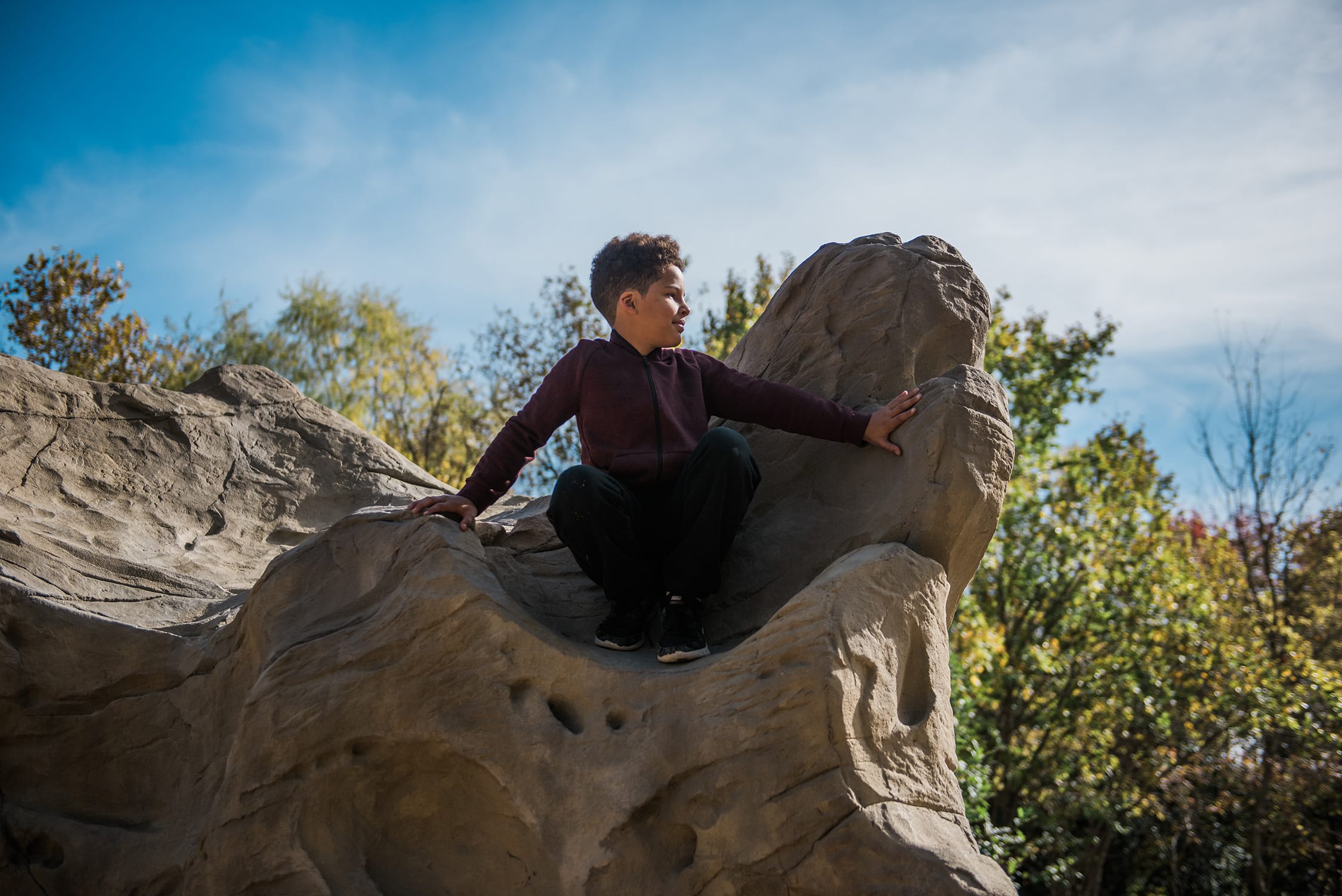
New parks in southern Dallas? “It’s about time!”
New parks in southern Dallas? “It’s about time!”
For years, students at Dallas’s South Oak Cliff High School went to class in grim conditions. “The roof leaked, asbestos was everywhere, drinking water came in lead pipes, the heating and air conditioning didn’t work,” says Derrick Battie, head of the South Oak Cliff Alumni Association. “Our students knew that their facilities didn’t even come close to schools in the suburbs.”
By 2015, the students were fed up. So they walked out of class—the final stand in a long battle to fix up the school. Their protest made national news, and spurred leadership to invest $52 million in a major renovation. Soon, South Oak Cliff students will report to class in a safe, modern, healthy facility, “Finally the type of learning environment our students deserve,” says Battie.
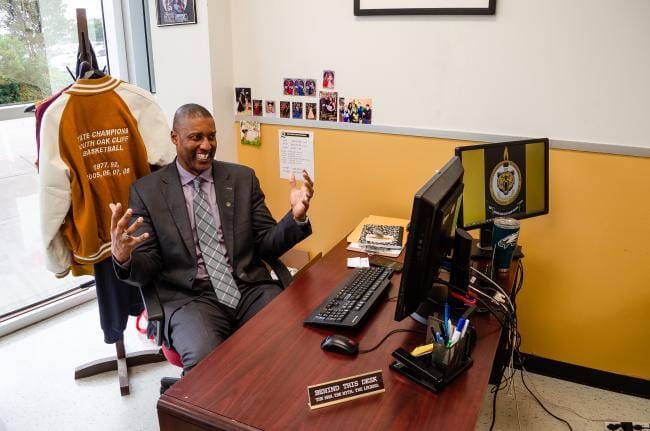 Derrick Battie is head of the South Oak Cliff Alumni Association. The group’s been leading the fight for park equity in Oak Cliff, a Dallas neighborhood where too few people have a great park close to home. Photo credit: Robert Kent
Derrick Battie is head of the South Oak Cliff Alumni Association. The group’s been leading the fight for park equity in Oak Cliff, a Dallas neighborhood where too few people have a great park close to home. Photo credit: Robert Kent
“But there’s still one big issue,” he continues, “the creek.” He’s referring to the Alice Branch of Five Mile Creek, which runs right behind South Oak Cliff High School on its path through southern Dallas. Overgrown and underused, Battie says the creek is “a dirty, nasty, smelly eyesore, full of skunks, possums, and snakes—right next to where our marching band and our championship football team practice.”
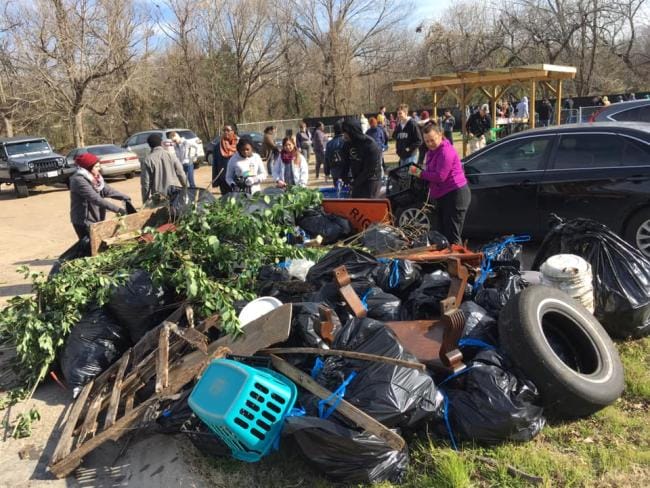 A recent cleanup day at Five Mile Creek in Oak Cliff. Photo credit: For Oak Cliff
A recent cleanup day at Five Mile Creek in Oak Cliff. Photo credit: For Oak Cliff
Elsewhere in the Dallas metro area, creeks are the backbone of well-planned, well-maintained trail networks, peaceful and welcoming amenities connecting neighborhoods. But not in Oak Cliff, a neighborhood with far too little in the way of parks and open space. Or at least—not yet.
Battie says that shortly after the community won the fight for the school’s renovation, they turned their focus to the creek. “We said, ‘We’re not going to put up this brand new school and accept the same dirty old creek behind it.’ That’s like building a new house on an old foundation.”
Dr. Willie Johnson has had the creek in mind since at least 1992, back when he was a young coach at South Oak Cliff High School, trying to keep student athletes away from the area during practice. He went on to get his doctorate in education and returned to South Oak Cliff as principal in 2016 with big ideas for bringing brighter days to his students and their families. As part of his vision for transforming South Oak Cliff High School into a thriving community hub, Johnson approached city leaders about fixing up the creek, and they put him in touch with Trust for Public Land.
“South Oak Cliff has the highest crime rates in Dallas, highest rates of diabetes and those type of ailments.” And owing to generations of inequitable investments in Dallas’s parks, “We just don’t have the green space that could help address that,” says Johnson.
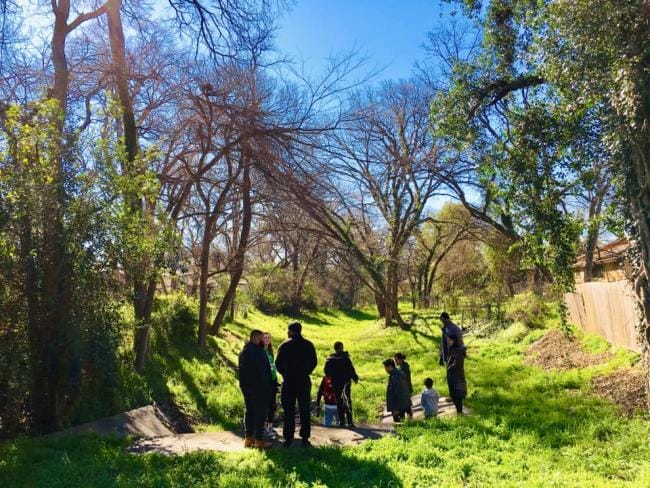 Today, many open spaces in Oak Cliff are underused and unmaintained. We’re working with neighbors to create healthy, welcoming parks and trails throughout the area. Photo credit: For Oak Cliff
Today, many open spaces in Oak Cliff are underused and unmaintained. We’re working with neighbors to create healthy, welcoming parks and trails throughout the area. Photo credit: For Oak Cliff
For many Oak Cliff residents, better parks and trails are part of a much bigger picture for the future of this neighborhood. “Say it’s hot and your air conditioner is broken,” says Taylor Toynes, who runs a neighborhood nonprofit called For Oak Cliff. “Being in the heat all day can really faze you! We have youth that just don’t have a space and a way to express themselves, and so that makes it likelier that they’re going to go out and explode.”
“We’re a predominately African American and Hispanic community,” says Toynes. “And we’re suffering from a legacy of racist policies—the lack of quality park space is related to the lack of access to good education, all the way up to systemic poverty and high murder rates. It’s all connected.”
But that’s starting to change. For the past year, we worked with Johnson, Battie, and the rest of the powerhouse South Oak Cliff Alumni Association to develop the Five Mile Creek Greenbelt Master Plan—an ambitious vision to build 23 miles of trail along the creek, and add three new parks to southern Dallas. In recent years, we’ve helped organize neighborhood parties, meetings, and guided walks, and worked with South Oak Cliff students to make sure the parks and trails that get built will be welcoming to all, used and loved by everyone in the neighborhood.
One of the first parts of this plan to come to life will be a new park along the creek behind South Oak Cliff High School—the sort of solid foundation for health and unity that Battie and his neighbors have sought for so long. We broke ground on South Oak Cliff Renaissance Park in June 2020.
“The Trust for Public Land came in with such energy, and wanted to be very clear that this will be our park, we control it, we say what we want and they’re going to go out and make the best park they can with the support we can rally together,” says Battie. “This project has huge implications—for so long Oak Cliff has been gerrymandered and gentrified. Everyone’s come in and taken a piece…until The Trust for Public Land came, and they came in and gave.”
The transformation is still in its early days, but as Battie says, excitement is growing. “As we’ve been presenting these plans and getting more input from the neighbors, the number one thing we’re hearing from our community is: ‘It’s about time!’”
Want to help support projects these? Make a gift or become a monthly donor today.
The Active Transportation Infrastructure Investment Program (ATTIIP) is a vital initiative that helps expand trails connecting people to nature and their broader neighborhoods. Urge Congress to fully fund the ATTIIP!


Donate to become a member, and you’ll receive a subscription to Land&People magazine, our biannual publication featuring exclusive, inspiring stories about our work connecting everyone to the outdoors.
See how our supporters are helping us connect people to the outdoors across the country.




